Weekly birding round-up: 24 - 30 Oct
There was definitely a feeling of the waning of autumn in the air this past week, with diminished numbers of migrant passerines of all kinds to be seen. Storm Benjamin came and went, leaving a few storm-wrecked seabirds in its wake, but not greatly rocking the birding world with any new arrivals of significant heft. Orkney, however, held autumn firmly by the scruff of the neck, with North Ronaldsay once again reminding us all that Fair Isle has some stiff neighbouring competition as a migration hotspot.
Bird of the week by some country mile has to be the fine first-winter male Siberian Rubythroat trapped and ringed on North Ronaldsay (Orkney) first thing in the morning on 28th.
https://x.com/George_NRBO/status/1983097528045518935The second record for North Ron, the first being recorded on there as recently as 6th-7th November 2019, the island now accounts for all two of Orkney’s records of the species. Granted, compared to Fair Isle (Shetland), that’s modest – North Ron’s northern neighbour has enjoyed eight birds to date – but has Fair Isle had one this year? Not yet it hasn’t.
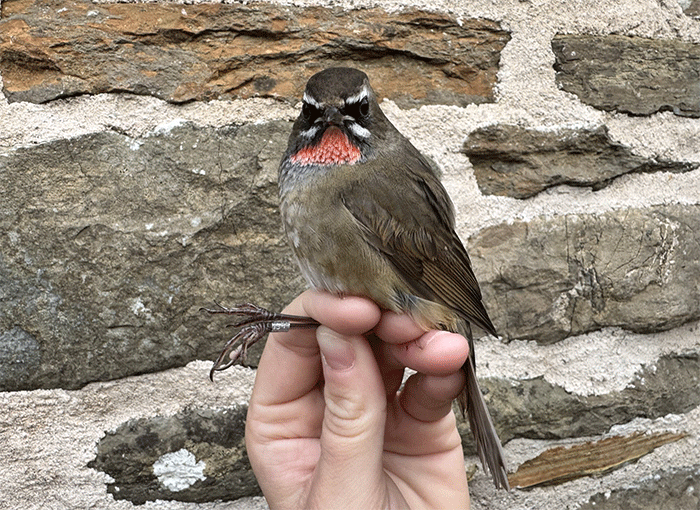
This week’s bird generated understandable euphoria for those present on North Ron – and comes hot on the heels of the previous week’s Rufous-tailed Robin.
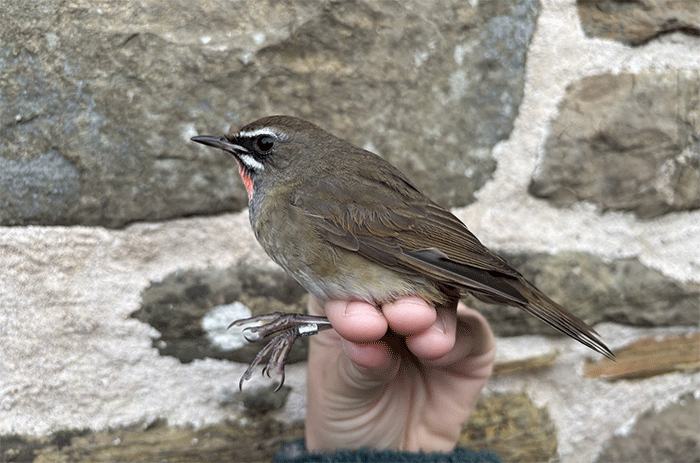
That’s quite the double. Whatever next, another Siberian Blue Robin?
Given the time of year, an understandable dampening of activity on the general seabird front this past week. Primary action came courtesy of Great Shearwater, with 1,623 logged from Strumble Head (Pembrokeshire) on 24th accounting for the vast bulk of the week’s sightings as a whole.
Strumble Head also gave us almost all of our Cory’s Shearwater reports, with 50 birds seen from there on 24th.
In the dying embers of the week on 30th a Fea’s-type Petrel was noted passing Ballycotton (Co.Cork).
A mere few Leach’s Petrel were noted over the course of the week – single birds off Spurn (East Yorkshire) on 24th; Rhos Point (Conwy) on 25th; off Dungeness (Kent) on 29th; on 30th, at Hill Head (Hampshire) and Barley Cove (Co.Cork); and a probable seen flying north along the River Nene in Cambridgeshire at Foul Anchor on 25th.
Numbers of Pomarine Skua dropped on the preceding week, with 90 birds logged lately. Once again, far fewer Long-tailed Skua were seen – these being birds off Huttoft Bank (Lincolnshire) on 25th and 27th; on 26th at Gibraltar Point NNR (Lincolnshire), Holme Dunes (Norfolk), and North Uist (Western Isles); off Bridges of Ross (Co.Clare) on 29th; and on 27th a probable off Frinton-on-Sea (Essex).
One seabird was on the ascendancy this week, and that was Little Auk - around 230 birds were logged nationwide this week, with a peak count of 40 seen from Girdle Ness (Aberdeenshire) on 26th.
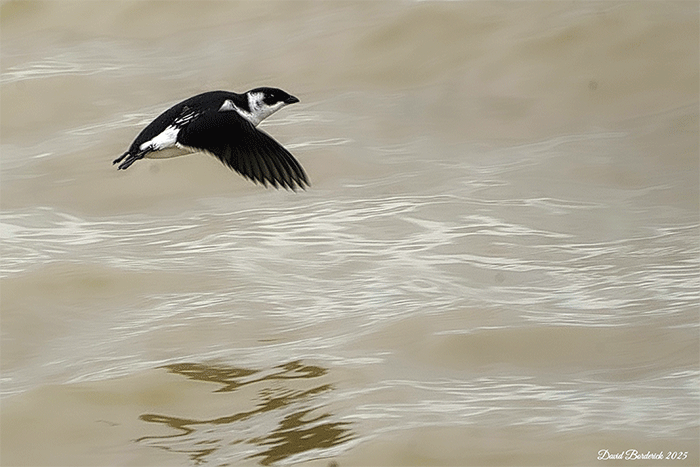
Scotland supplied three White-billed Diver sightings in recent days – at Fife Ness (Fife) on 25th; off Isle of May (Fife) on 27th; and in Bluemull Sound (Shetland) on 27th – and a probable seen at Dunure (Ayrshire) on 25th.
In Co.Cork the adult Pacific Diver was still present at Crookhaven on 26th.
Moving on to the long-legged beasties, we were still playing host to plenty of Glossy Ibis this past week.
More notable were a couple of Night Heron - birds being noted on 27th and again on 29th-30th at Dundrum (Co.Down), and Flamborough (East Yorkshire).
A Purple Heron was reported from Feltwell (Norfolk) on 29th.
Much of the meat in the sandwich this week came thanks to the the honkers and quackers and, as usual, we’ll start our waddle through them with The Goose Formerly Known As Canada - two interior Todd’s Canada Goose were at Ballygilgan NR (Co.Sligo) on 25th-27th, and a single bird on Tiree (Argyll & Bute) on 27th; Argyll & Bute’s Islay held a hutchinsii Richardson’s Cackling Goose still on 24th, while another remained at Ballygilgan NR on 25th-27th. A possible parvipes Lesser Canada Goose was seen on Islay on 26th-29th.
A Snow Goose was present at Kirkhill (Highland & Caithness) on 24th; another sighting in Highland & Caithness came from south of Cromarty on 28th, followed by a bird seen on 30th at Udale Bay.
A probable Black Brant was seen at Sandymount (Co.Dublin) on 27th.
Onto the quackers, in Dorset the recent female Baikal Teal remained at Abbotsbury Swannery (Dorset) on 24th-28th.
A Green-winged Teal remained at Welney WWT (Norfolk) on 25th-29th. Additional birds this week were seen on Islay (Argyll & Bute) on 24th-29th; North Bull Island (Co.Dublin) on 27th; Broadmeadows Estuary (Co.Dublin) on 27th-28th; Akeragh Lough (Co.Kerry) on 28th; Colt Crag Reservoir (Northumberland) on 29th; and Kishorn and Loch Fleet (Highland & Caithness) on 30th.
Two settled American Wigeon lingered at Bishop Middleham (Co.Durham) on 24th-30th, and Newshot Island (Clyde) on 26th still. Another was found on Loch of Spiggie (Shetland) on 29th.
Numbers of Ring-necked Duck were down a little again, with just shy of 20 birds logged across Britain and Ireland, the peak count of their kind being three birds still present at Lough Yganavan (Co.Kerry) on 25th; while two were settled on Grimsay (Western Isles) 25th-27th.
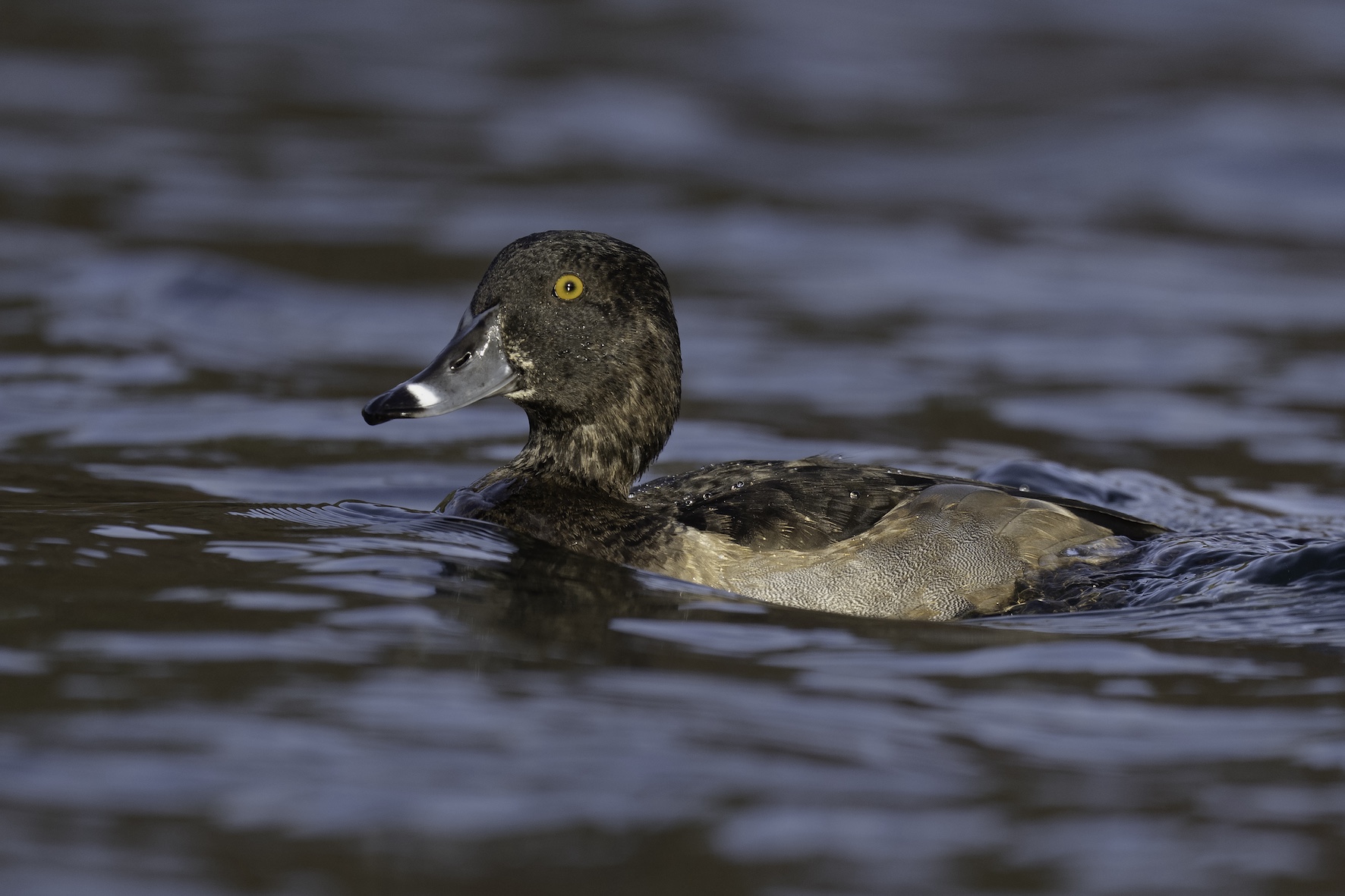
The drake Lesser Scaup remained at Tacumshin (Co.Wexford) on 24th, and was joined in the news by additional birds this week on South Uist on 24th, Pennington Flash CP (Greater Manchester) on 25th, and Ditchford GPs (Northamptonshire) on 27th-30th. A further possible was seen at Castle Howard (North Yorkshire) on 26th; and a probable at Auchenreoch Loch (Dumfries & Galloway) on 29th.
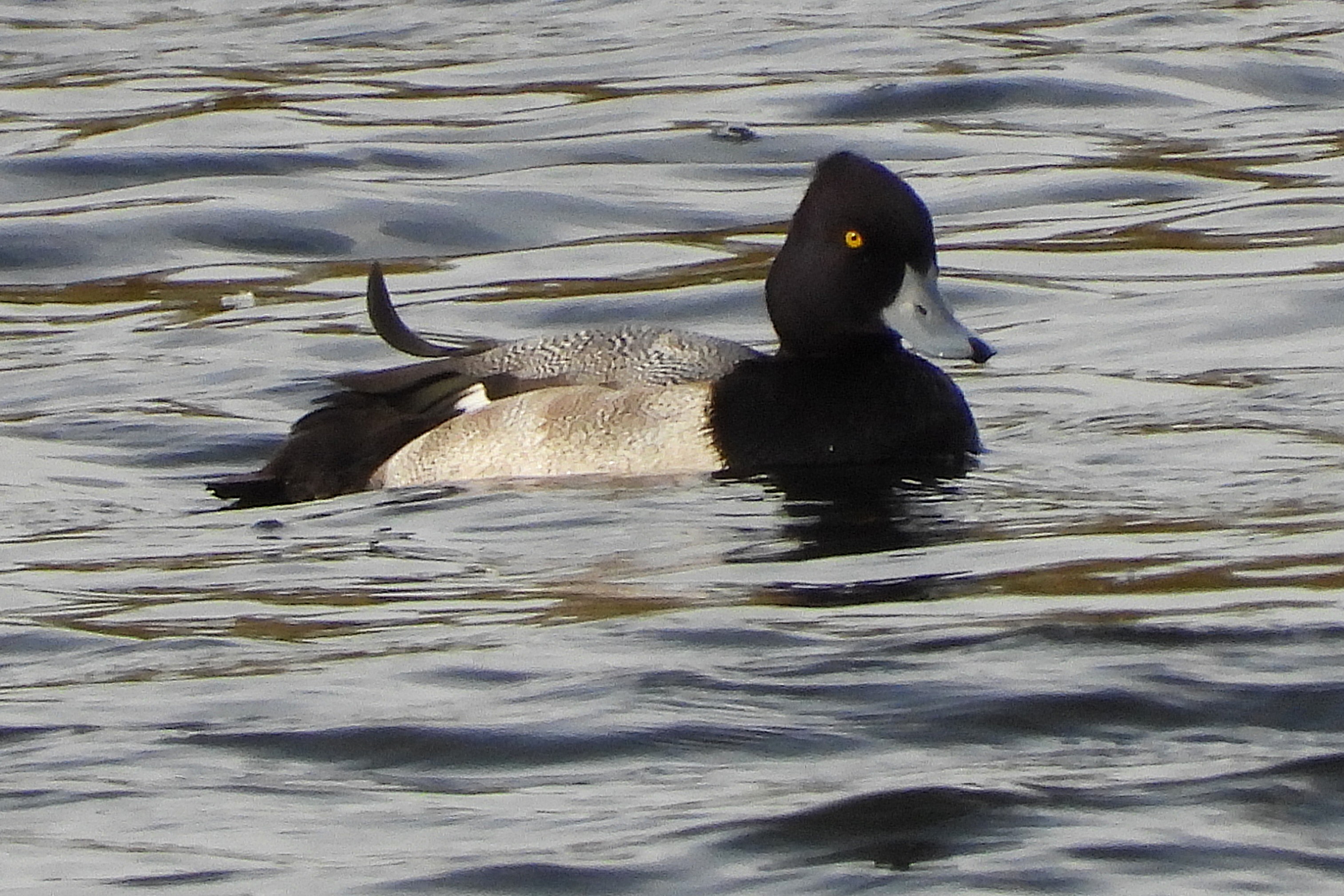
The drake Ferruginous Duck remained at West End GPs (Lincolnshire) on 24th-30th; and a female was seen at Brampton GPs (Cambridgeshire) on 25th-27th.
A drake Black Scoter was seen in Lothian in Ravensheugh Bay on 25th.
A drake Surf Scoter meanwhile was off Collieston (Aberdeenshire) on 26th.
Finally, one of the recent Irish Harlequin Duck remained in Co.Donegal this week, mainly off Port Arthur Beach still on 24th-29th.
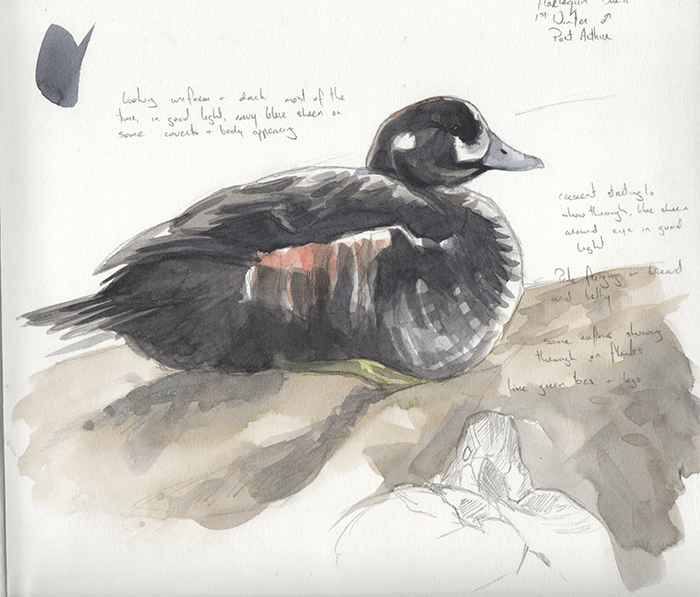
The weekly waders were a mere shadow of their recent selves, with diminished numbers of all interesting species recorded. Still dominating the news were White-rumped Sandpiper, with a dozen birds in all logged, with several sites holding multiple individuals – three at Myroe Levels (Co.Derry) still on 27th; three at Tacumshin (Co.Wexford) still on 26th; and three again at Montrose Basin (Angus) on 29th-30th.
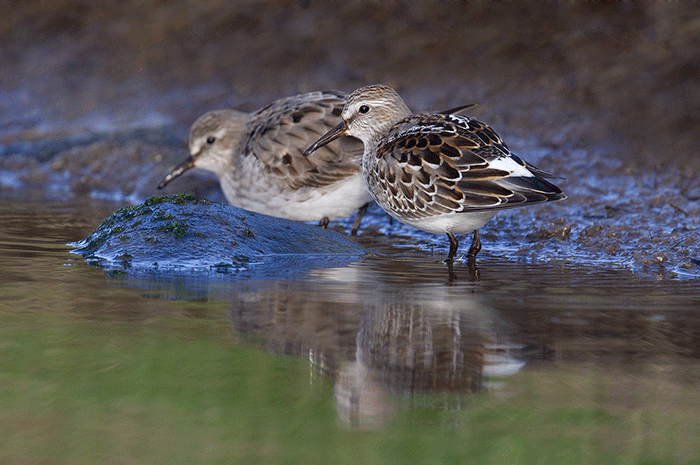
A Baird’s Sandpiper remained at Colliford Lake (Cornwall) on 24th.
A Semipalmated Sandpiper was found on Cashen Estuary (Co.Kerry) on 25th, while another remained at Tacumshin (Co.Wexford) on 25th-26th.
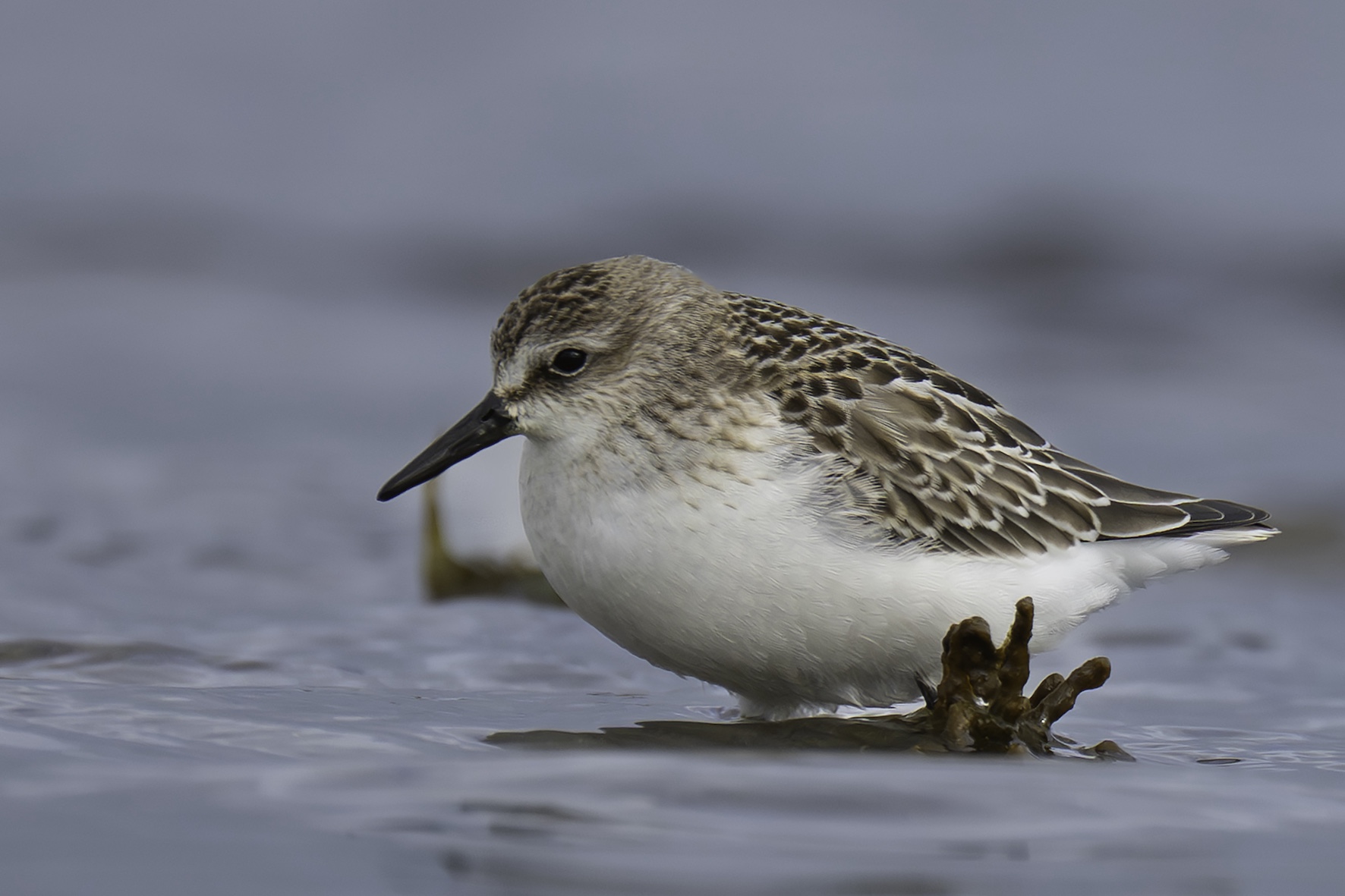
In Scotland the faithful Western Sandpiper remained in Ayrshire at Maidens on 24th-30th.
Our only Temminck’s Stint this week was the juvenile still present at Slimbridge WWT (Glouucestershire) on 24th-30th.
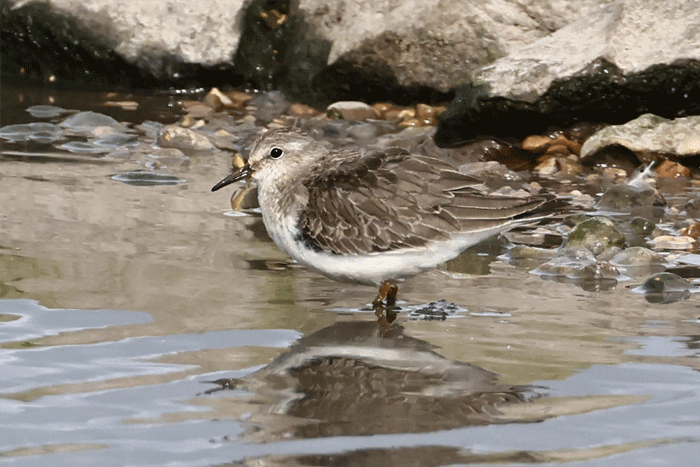
Just one Pectoral Sandpiper was seen lately, at Hollowell Reservoir (Northamptonshire) still on 24th-29th.
Five Lesser Yellowlegs were seen this week - starting in Ireland, one remained at Lurgangreen (Co.Louth) still on 25th-29th, another at Tacumshin (Co.Wexford) still on 24th, and a final bird present on Rathlin Island (Co.Antrim) on 25th-29th. One remained at Truro (Cornwall) on 24th-30th, and a further possible was seen on 25th on Islay (Argyll & Bute).
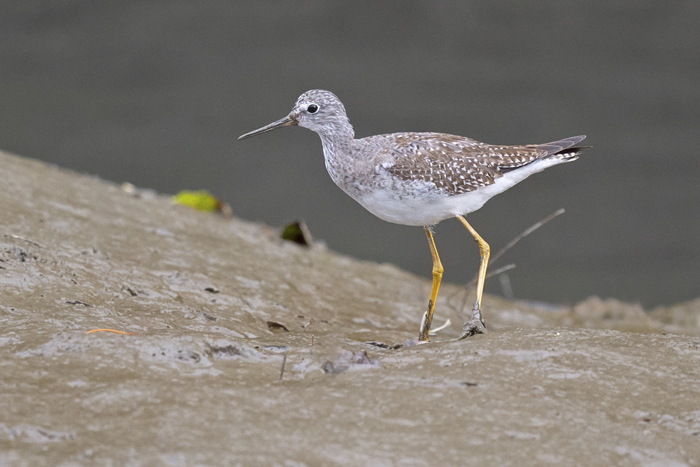
Our Long-billed Dowitcher this week were seen at Montrose Basin (Angus) still on 25th-30th, on Sanday (Orkney) again on 26th, and newly found in Kent at Worth Marsh RSPB on 29th.
Numbers of American Golden Plover took a tumble, with nine birds logged during recent days. In Ireland, these were at Myroe Levels (Co.Derry) on 26th-28th, Tacumshin (Co.Wexford) on 26th, Rosscarbery (Co.Cork) on 26th, and Cahore Marsh (Co.Wexford) on 27th; and in Britain, on the Western Isles on South Uist on 25th and Benbecula on 28th, at Eyebrook Reservoir (Leicestershire) still on 24th-30th, and on Fetlar (Shetland) and Holy Island (Northumberland) on 30th.
A Dotterel was noted at Lynn Point (Norfolk) on 24th.
Numbers of Grey Phalarope picked up a little once more, with a dozen birds seen during the past week. A Red-necked Phalarope meanwhile was found on 28th briefly at George Nympton (Devon).
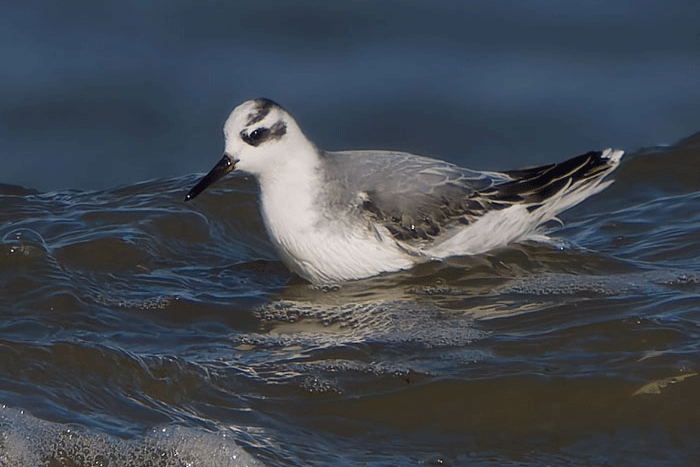
Two of our recent Bonaparte’s Gull remained on show this week, one still in Highland & Caithness at Loch Gairloch on 24th, and the other still present on Rathlin Island (Co.Antrim) on 24th-29th.
The second-winter Laughing Gull was again seen at Trabeg (Co.Kerry) on 24th.
A few Sabine’s Gull were found in recent days – singles off Holme NOA (Norfolk) and Pendeen (Cornwall) on 25th, and one also from St Ives (Cornwall) on 24th, the latter followed by four off there on 25th; and one in Ireland seen from Cape Clear (Co.Cork) on 29th.
Ireland gave us adult Ring-billed Gull in Co.Kerry at Blennerville again on 25th, and Tralee Bay Wetlands on 28th; and at Blackrock (Co.Louth) still on 26th-29th.
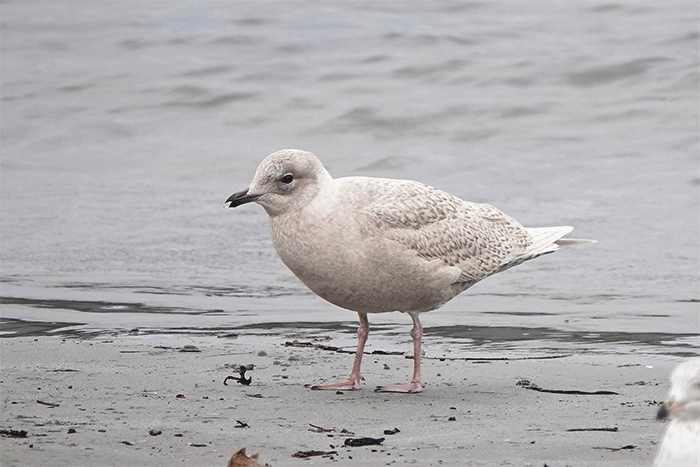
At least 15 Glaucous Gull were logged during the course of the week. Iceland Gull remained less numerous for now, with birds recorded from Lewis (Western Isles) on 25th; Dunnet Bay (Highland & Caithness) on 25th; Orkney at Papa Westray on 26th, and South Ronaldsay on 27th; Rathlin Island (Co.Antrim) on 27th; and on 29th at Cahore Marsh (Co.Wexford), St Bees Head (Cumbria) and Graven (Shetland).
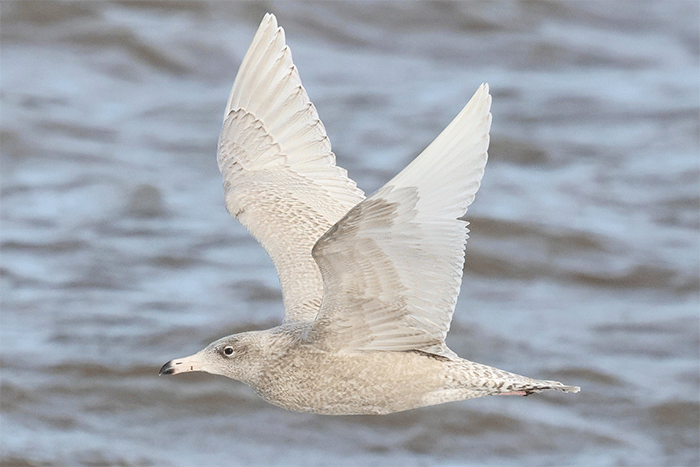
An adult Forster’s Tern was seen passing Lizard Point (Cornwall) on 30th.
A Gull-billed Tern was seen at Sandilands (Lincolnshire) on 24th.
Finally, the recent juvenile White-winged Black Tern continued to linger around the East Chevington NWT (Northumberland) area on 24th-27th; and another was found on 26th at Marshside RSPB (Lancashire & North Merseyside).

In Co.Wexford this week Northern Harrier continued to delight, with a juvenile seen at Tacumshin still on 24th, and Cahore Marsh on 26th-28th; and the male still present at Tacumshin on 26th.
Wales meanwhile was the Pallid Harrier hotspot, with the fine male again ghosting over Dowrog Common (Pembrokeshire) on 25th-27th, and the female still in Glamorgan at Llanrhidian Marsh on 27th-28th and 30th, and Whiteford Burrows on 29th; and a female also seen on 29th at WWT National Wetlands Centre (Carmarthenshire). Norfolk continued to enjoy its returning wintering female at Warham Greens on 25th. A final probable juvenile was seen at Grafham Water (Cambridgeshire) on 24th.
If the changed tenor of the weekly news, the winding down of autumn and the imminence of early winter, needed any reinforcement, it’s here in the passerines section of proceedings where that message was clearest this past week. It was, for the most part, rather peaceful round here…
A couple of Hoopoe leant a little colour to the week, present on St Mary’s (Scilly) on 24th-30th, at Moyasta (Co.Clare) on 24th, and Topcliffe (North Yorkshire) on 29th. Another was reported from Titchwell RSPB (Norfolk) on 27th.
Late Wryneck were on St Mary’s (Scilly) still on 24th-28th, and at Seaton Marshes (Devon) on 28th.
An exceptionally late Bee-eater was seen on 30th at Durlston CP (Dorset). Surely that had warmer places it should be by now.
The fine Brown Shrike remained at Upper Hollesley Common (Suffolk) on 24th-30th.
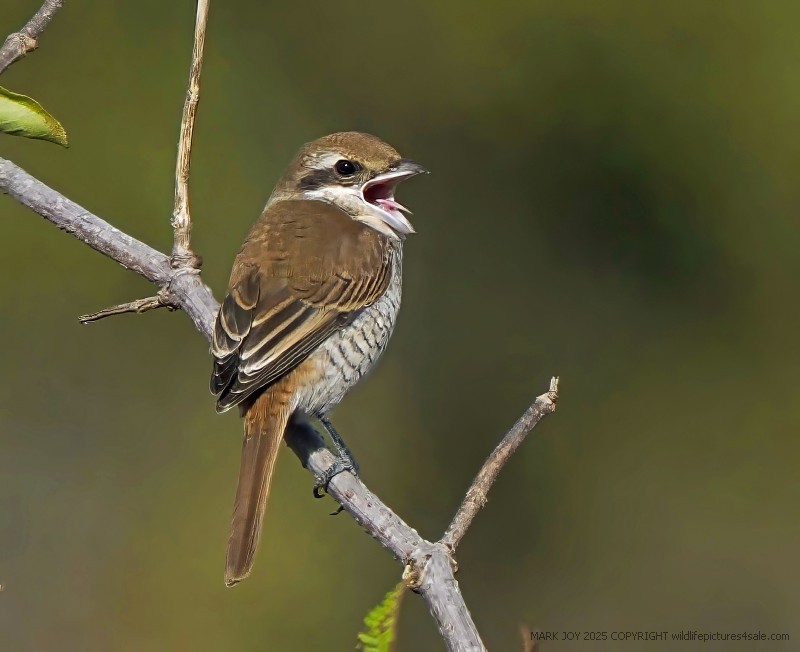
A Red-backed Shrike was found on 29th-30th at Rimac (Lincolnshire).
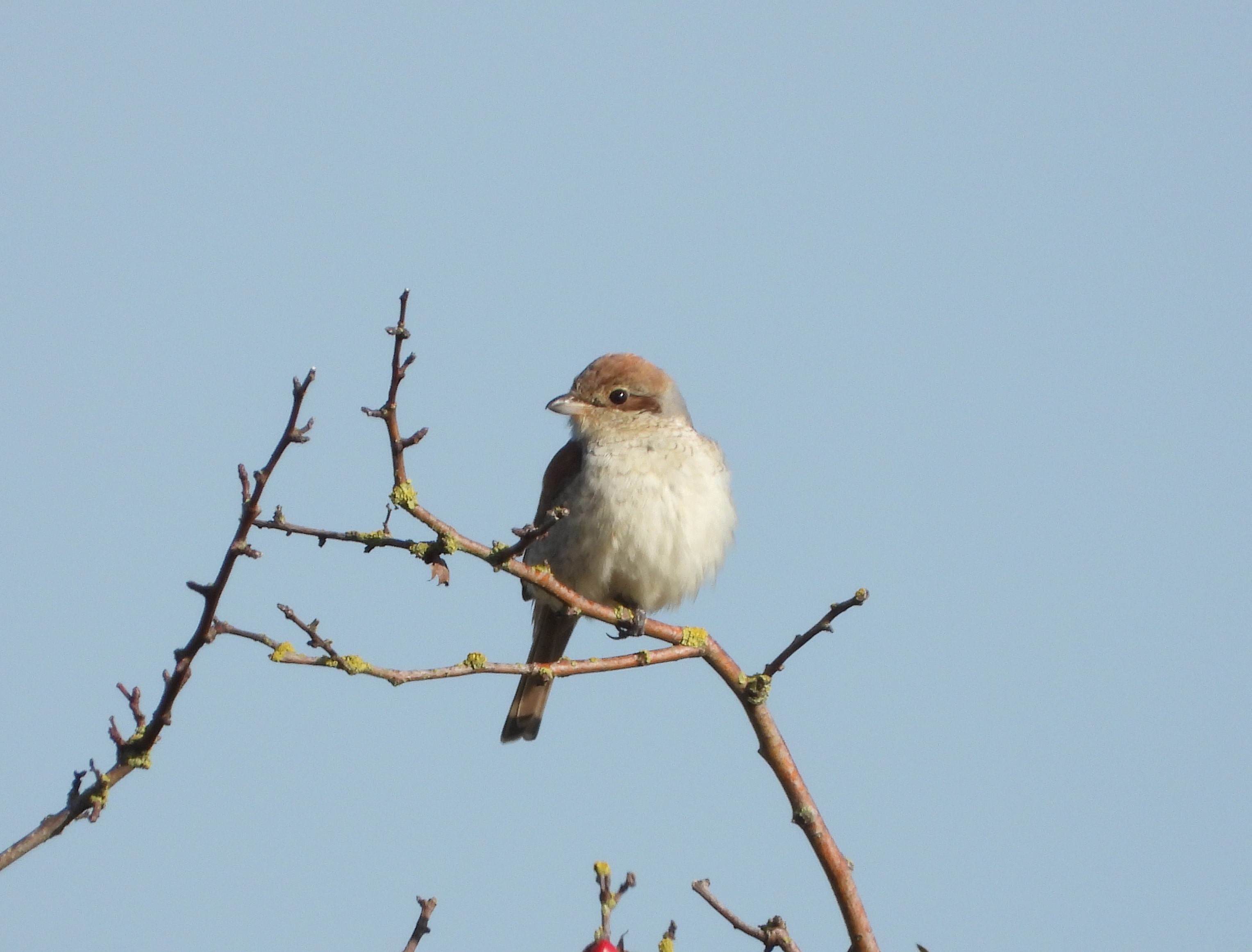
New in, an Isabelline Shrike sp, thought to be a probable Daurian Shrike, was found in West Sussex at Woods Mill SWT on 26th-30th.
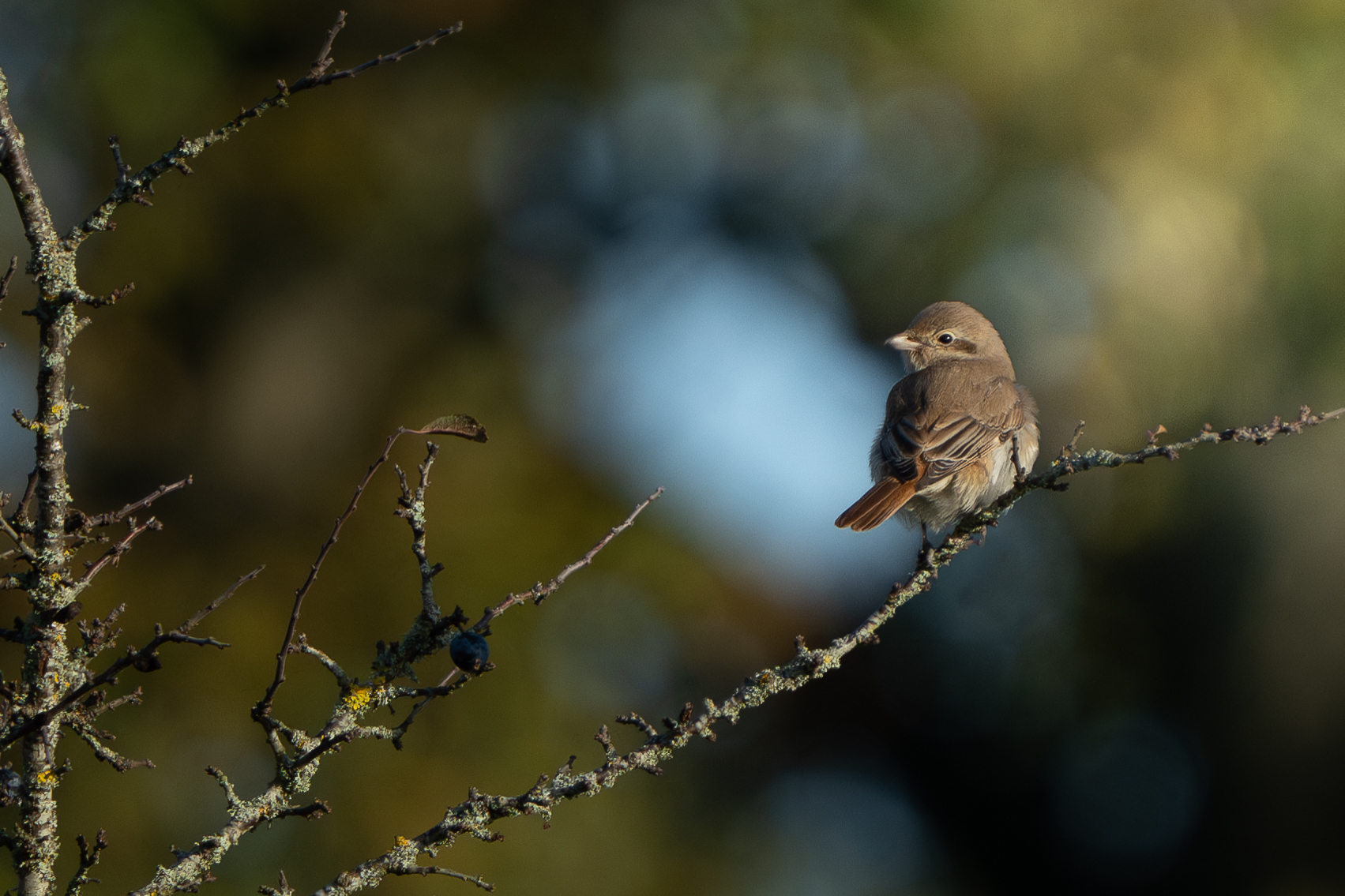
An adult male Daurian Shrike was found on 29th-30th at Ring Marsh (Co.Wexford).
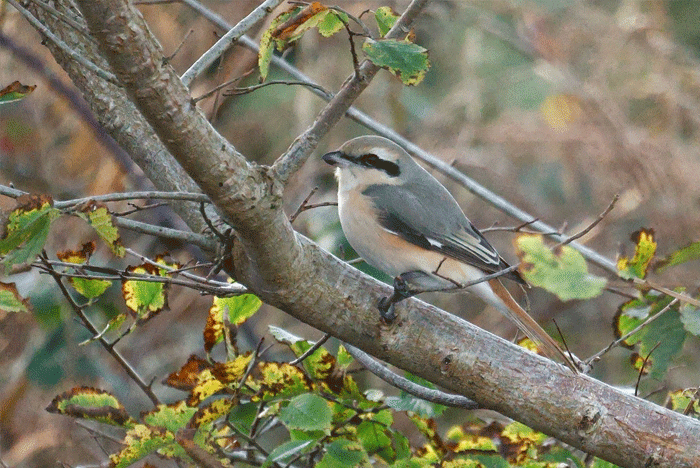
A Great Grey Shrike was seen at Clophill Lakes NR (Bedfordshire) on 24th, and another on 28th-30th at Pig Bush (Hampshire).
In Shetland, a pallidirostris Steppe Grey Shrike was hanging around the Scousburgh area of South Mainland on 24th-30th, ending up trapped and ringed there on 30th. Another turned up in Cornwall on 29th-30th at Gunwalloe.
A few dozen Waxwing were logged this week –almost 60 birds in total, with 12 seen in Kirkwall (Orkney) on 24th the most appreciable flock.
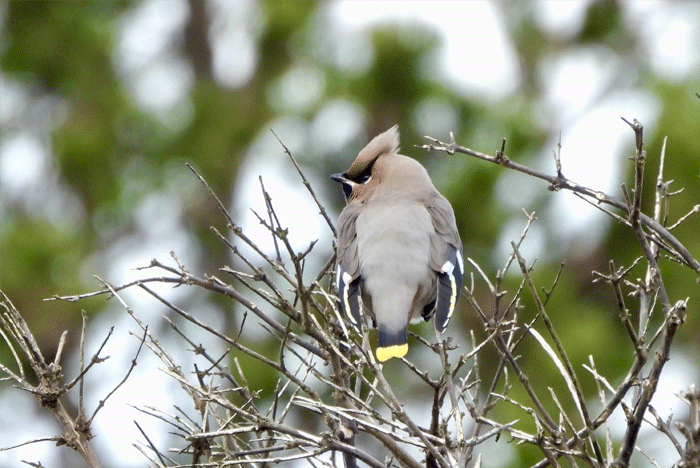
Shetland enjoyed a Hume’s Warbler in South Mainland at Sandwick on 27th-28th.
Just shy of 100 Yellow-browed Warbler were logged across the region this week. Before you know it we’ll be into single figures at sewage works and overgrown streams.
A Pallas’s Warbler was trapped and ringed on 29th at Runkerry Point (Co.Antrim).
The Radde’s Warbler remained on North Ronaldsay (Orkney) on 24th still.
A Dusky Warbler remained on The Lizard (Cornwall) on 26th-27th; an elusive, vocal bird was on Tresco (Scilly) on 29th; another was heard on Shetland Mainland at Scousburgh on 30th; and a possible was at Pulborough Brooks RSPB (West Sussex) on 24th.
A Barred Warbler was seen at Flamborough (East Yorkshire) on 28th.
Three Zitting Cisticola remained at Walberswick (Suffolk) on 30th.
On St Mary’s (Scilly), a late Bluethroat was present on 26th-30th.
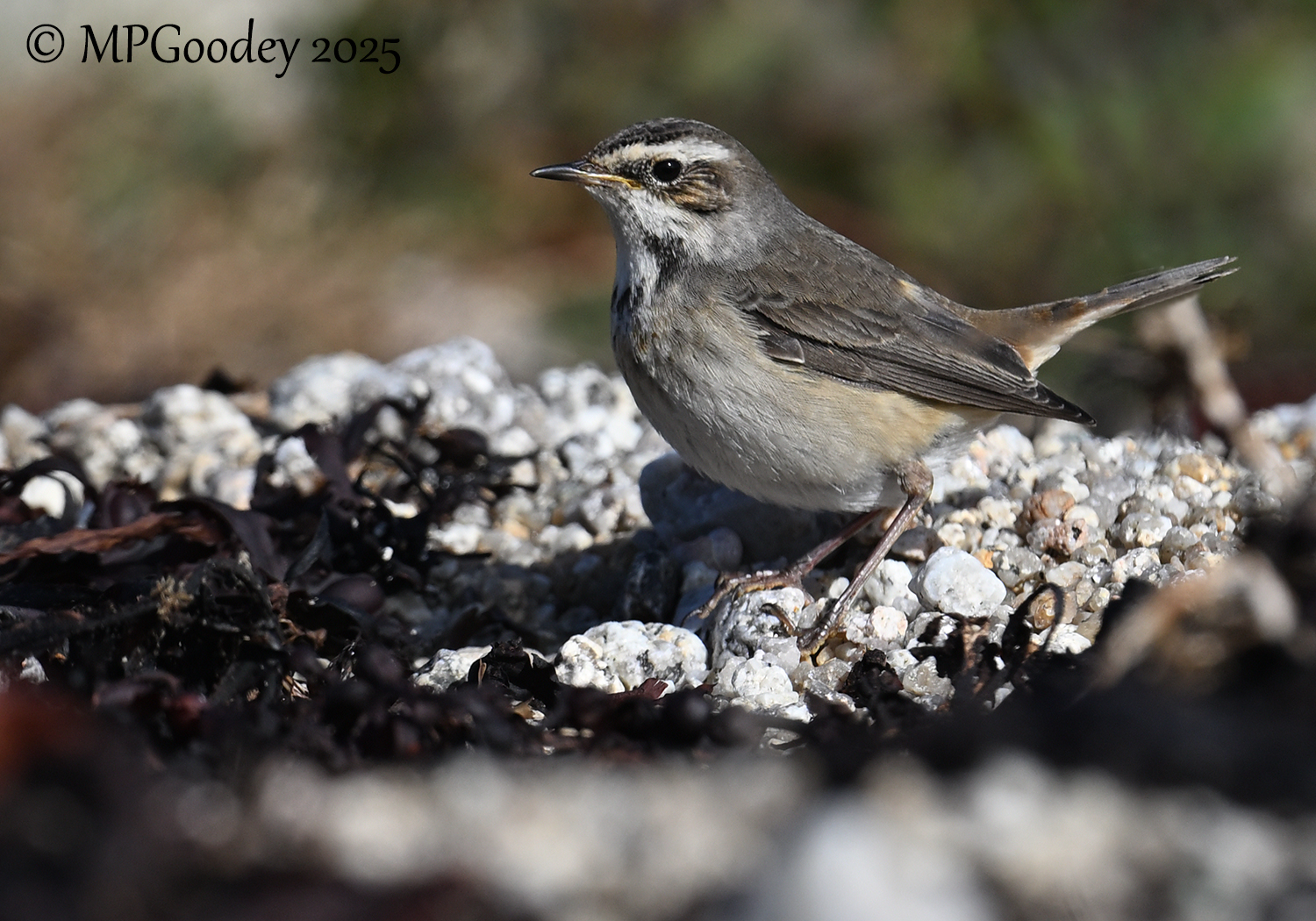
St Mary’s also enjoyed a Red-breasted Flycatcher on 26th; further birds this week were seen on Shetland at Swining on 26th-28th, at Southwold (Suffolk) on 25th, on Barra (Western Isles) on 29th, and on Fetlar (Shetland) on 30th.
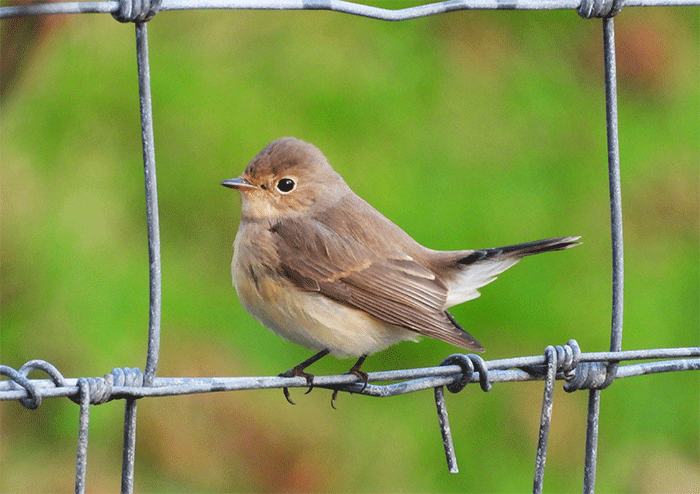
Fair Isle (Shetland) retained its recent Isabelline Wheatear on 24th.
Down on Scilly, the American Pipit was still on St Agnes on 25th-27th.
Scilly also sported a Richard’s Pipit on St Mary’s on 26th. Another was seen that day on Portland (Dorset), with a probable also on 26th at Chipping Sodbury (Gloucestershire); one reported from Pendeen (Cornwall) on 28th; and then, on 30th, birds were seen at Hunmanby Gap (North Yorkshire) and Bridport (Dorset).
The Olive-backed Pipit was still present on Fair Isle (Shetland) on 24th-26th.
Shetland provided both of the week’s Common Rosefinch - one on Fair Isle on 24th, the other on Mainland at Toab on 27th.
A Serin was noted passing over Chapel Pit NR (Lincolnshire) on 24th.
An Arctic Redpoll was found in Lerwick (Shetland) on 30th.
A Rustic Bunting was present on The Lizard (Cornwall) on 25th.
And last, but not least, a Little Bunting was seen on Unst (Shetland) on 26th, followed by another on Fair Isle on 28th.
It’s hard to know where to start the overseas news this week, given the ongoing terrific form of two countries in particular…
There’s a certain logic to starting in the north, and working our way down, and that means we kick off in Iceland, where it transpired this week that a Brown-headed Cowbird had been in Reykjavik for a fortnight by 24th, and there it remained until 30th. Were this not good enough, a Varied Thrush was also found on 25th-26th at Tjarnbyggo.
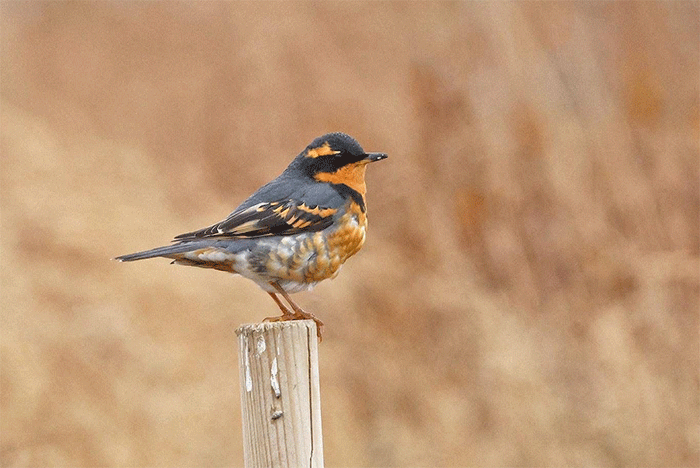
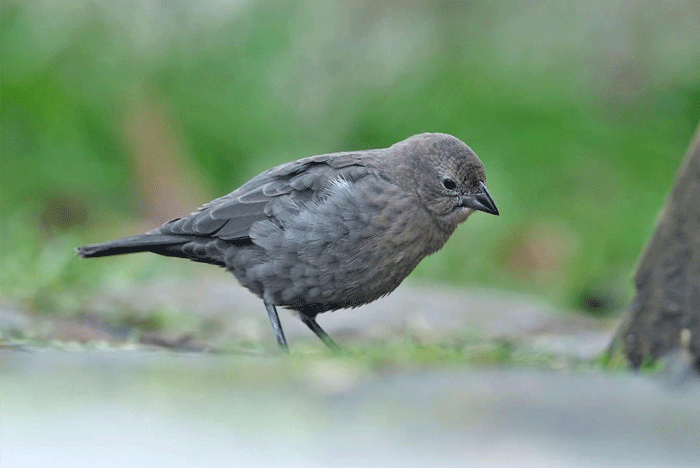
And then there’s France, and Ouessant in particular, whose superb autumn just kept on going this week with a classic east-meets-west conjunction – a Black-faced Bunting present there on 24th-27th preceding a Common Yellowthroat on 28th. Another Black-faced Bunting was trapped and ringed on 30th on Noirmoutier.
Very much as-you-were in the Netherlands, with the returned drake Spectacled Eider still off Texel on 24th-30th; the Pygmy Cormorant at Natuurpark Lelystad still on 25th; and the Western Swamphen still at Zevenhuizen on 25th-29th also.
In Spain, the settled Cape Gull remained in Laredo on 25th-27th.
Portugal’s recent Red-footed Booby also remained settled, at Porto da Baleeira still on 30th.
In Israel a Verreaux’s Eagle remained near Etek Canyon on 29th having been present there for twelve days beforehand.
And finally, the Azores, where Corvo’s monotonous roll-call of wayward Nearctic birds included Ruby-crowned Kinglet, Scarlet Tanager, Black-and-white Warbler, Magnolia Warbler, Cape May Warbler, and Red-eyed Vireo. Sao Miguel held on to Snowy Egret on 26th-29th, and Great-tailed Grackle on 28th, with an American Great White Egret present on 29th; and a Green Heron was found on Pico on 24th.
So after 1 day delay,1 flight cancelled, 1 landing attempt aborted, we finally managed to depart Corvo for Sao Miguel, however our luggage went to Flores, but it was nice to see the Great-tailed Grackle still at Pingo Doce parking, Ponta Delgada & a relief to receive our luggage pic.twitter.com/dpnUXEsbod
— Wader-World ?? (@Waderworld1) October 29, 2025
We head into the first week of November now, with just one day of October left to deal with as the new recording week begins. A week that includes Halloween and November 5th. From a rarities perspective, have we a trick or treat in store, fireworks or a damp squib?
The week begins with an absolutely massive lump of low pressure spinning westerlies in off the Atlantic our way, with a hint of south-easterlies kissing the northern isles. And then as the week wears on, more persistent westerlies. Neither a decent passerine from east nor west feels inconceivable now, and history tells us both are totally possible at this late juncture in the autumn.
Britain’s first (and only) Long-tailed Shrike turned up in the coming week back in 2000 on South Uist, seen on 3rd-4th November, albeit possibly there a little beforehand too; a little more recently, Scilly enjoyed a Masked Shrike on St Mary’s on 1st November 2006. Ireland’s first (and only) Grey Catbird was found on Cape Clear (Co.Cork) on 4th November 1986; while a tantalising selection of American warblers seen in the past during the coming week includes such delights as American Redstart and Common Yellowthroat.
We’ll take a punt, however, on Chimney Swift. The coming week boasts almost 10 past records, in Britain and Ireland alike. With persistent westerlies bound towards us, it feels like a decent call. And, without a twitchable bird for some years now, doubtless a popular one should it come to pass.
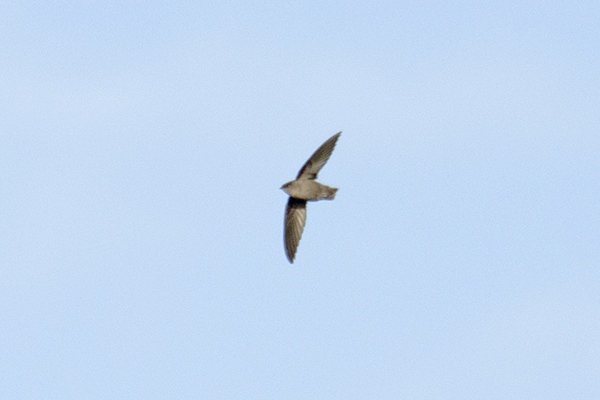
Jon Dunn
31 October 2025
Many thanks to all this week's contributors for your photos and videos
Get Breaking Birdnews First
Get all the latest breaking bird news as it happens, download BirdAlertPRO for a 30-day free trial. No payment details required, and get exclusive first-time subscriber offers.
Share

















